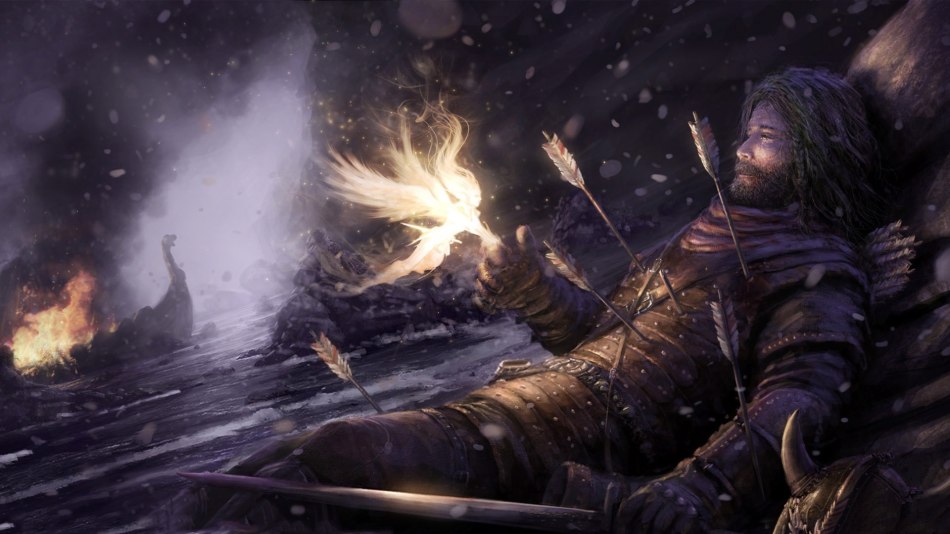
A lot of digital ink has been spent on RPG design theory, and I would venture that the majority of it is either wrong or useless for design purposes. Afterall, who needs philosophy for designing games? If you have a core system down, is learning about the Player Intentions for Narrative vs Gamist playfeel mean anything to you?
Probably not.
However, it doesn’t mean all abstract understandings about RPGs, RPG mechanics, and RPG design are useless. In fact, if the theory is a correct description, it can be very helpful for understanding how mechanics work or how they interact to make whole systems and elicit specific sorts of playfeel.
So, today we’re going to talk about two such theories and how they interact. The first is that mechanics exist on a spectrum of Abstraction, and the second is that mechanics exist on a spectrum of Explicitenes.
Continue reading “Abstraction and Explicitness: Two Dimensions of RPG Mechanics”








